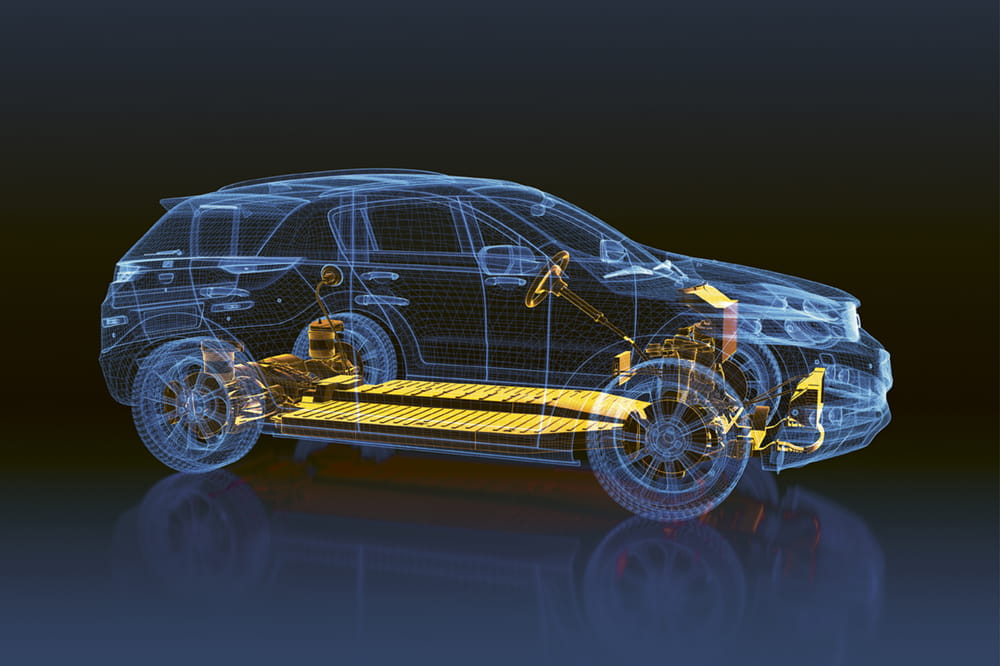Obtain news and background information about sealing technology, get in touch with innovative products – subscribe to the free e-mail newsletter.

A Stable Grid Thanks to Electric Cars?
Energy from wind power and solar facilities naturally tends to fluctuate. As more electricity flows into Germany’s grid from renewable sources, stabilizing measures are increasingly in demand. Electric cars could be one answer.
Conventional power facilities have to make up the difference if wind turbines are idle on a windless day or photovoltaic facilities are collecting too little solar radiation under cloudy skies. But if wind turbines or solar cells deliver more energy than needed, they must be shut down to prevent damage to a grid’s transmission capacity. This intervention into electricity production is tremendously costly year after year. Tennet, a transmission system operator, puts its costs alone at about 1 billion euros for 2017. How can this situation be improved?
Electric Cars Would Help with Peaks and Bottlenecks
The company hopes a pilot project can answer that question. Strangely enough, electric cars could be a way to stabilize the grid. The idea is not as odd as it might seem. Tennet has teamed up with two partners – The Mobility House and Toyota – on practical tests to see whether electric cars can cushion peaks and alleviate bottlenecks on the grid. The Mobility House, an energy services provider, is making a key contribution: It has developed charge and energy management software for electric vehicles to intelligently manage the charging and discharging process.
Only a Small Share of the Battery Charge Would Be Needed
Electric vehicles, which draw electric current from the grid to charge their batteries anyway, would cache electricity from renewable sources and dispense it when it is needed. But the storage levels would remain manageable, just a small share of the total battery charge. After all, the driver doesn’t want to be stuck with an empty battery as he starts to drive away. The integration of electric cars could help transmission system operators reduce the number of costly interventions and maintain a stable grid.
5,000 Electric Cars Could Have an Appreciable Effect
The eight-vehicle pilot project is designed to examine the approach in practice. It is also supposed to explore potential incentives to encourage owners of electric vehicles to take part and look at requirements for a regulatory framework. In order to balance out grid fluctuations, the partners now assume about 5,000 electric vehicles could be enough to provide the required storage capacity of a few hundred megawatts.
The future runs on electricity. Freudenberg Sealing Technologies is driving innovations in electric mobility. Would you like to learn more?
More Stories About E-Mobility













